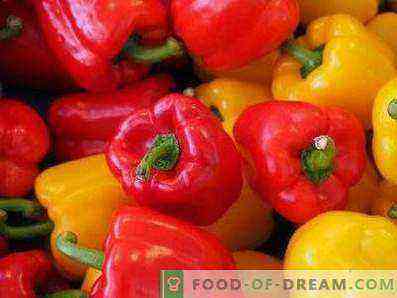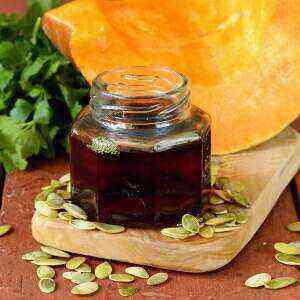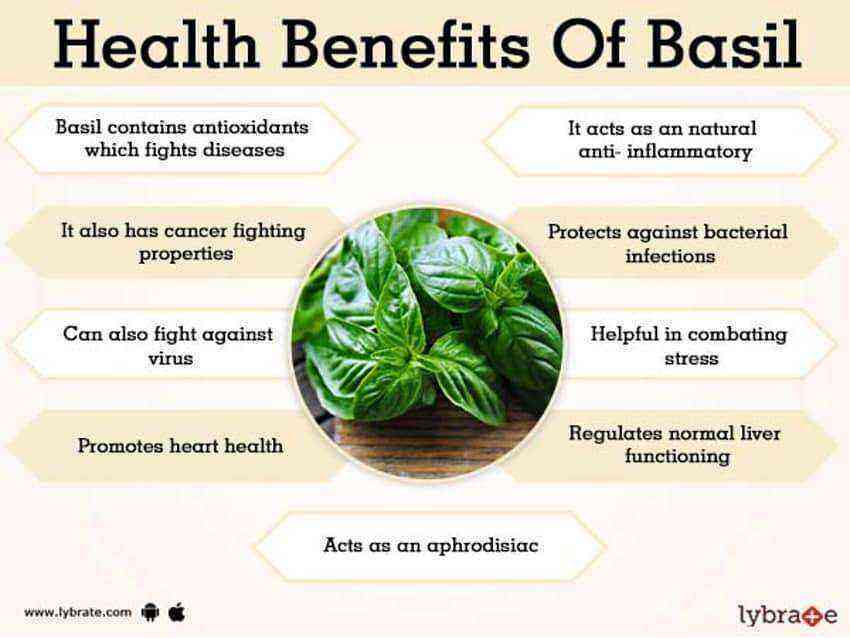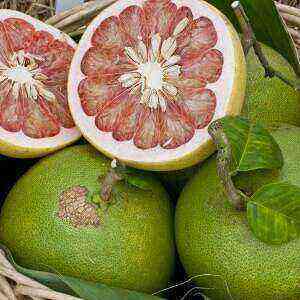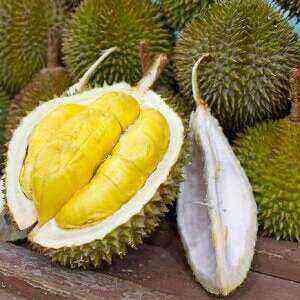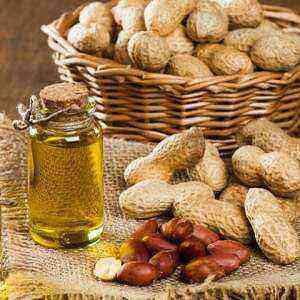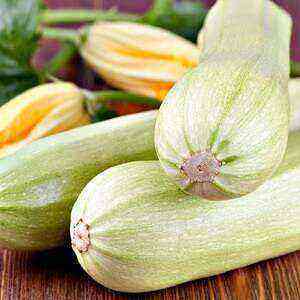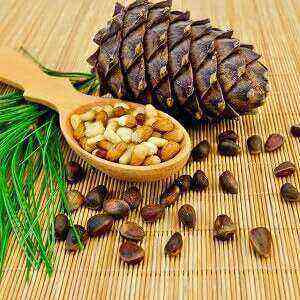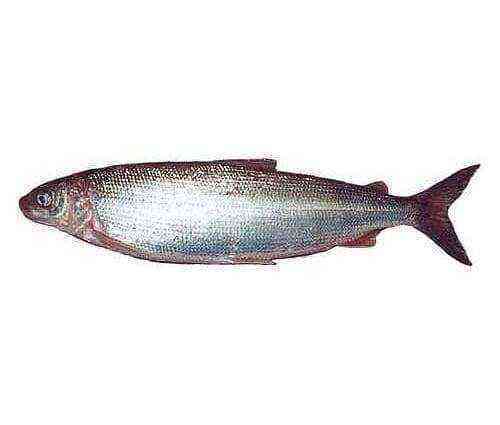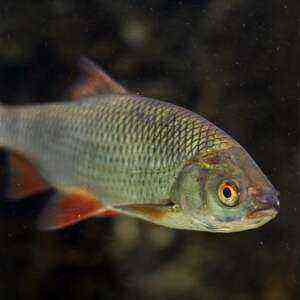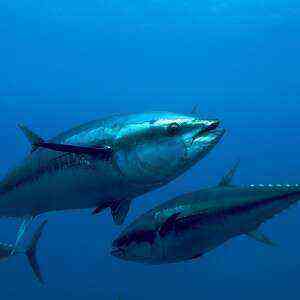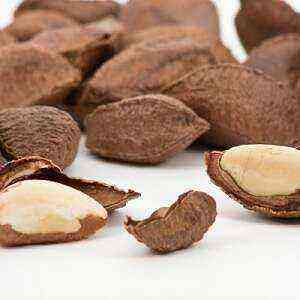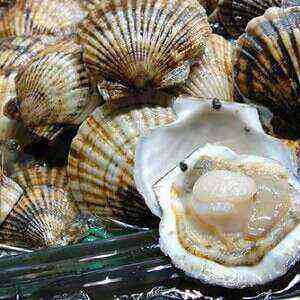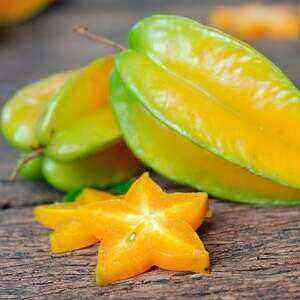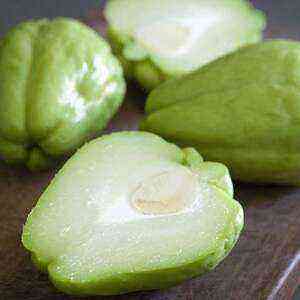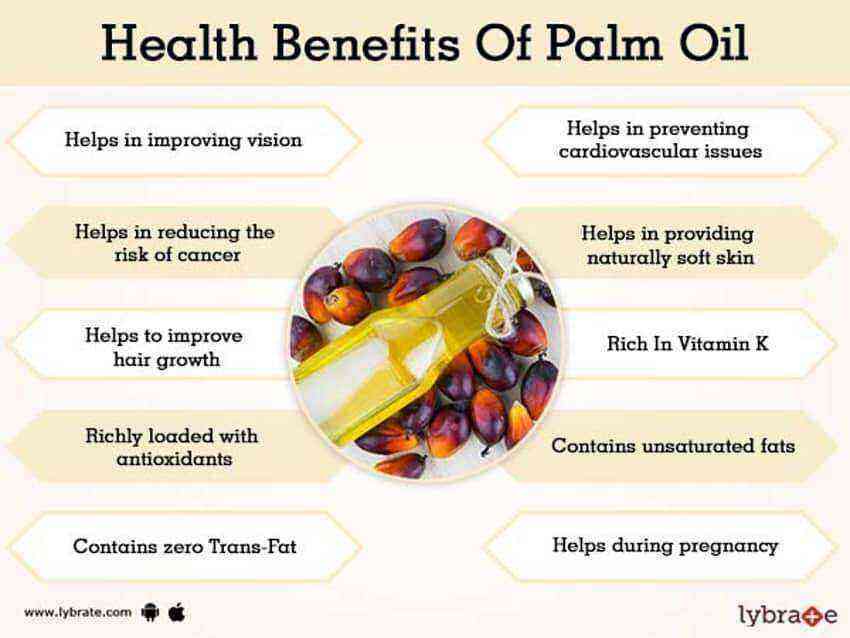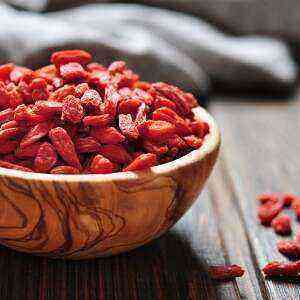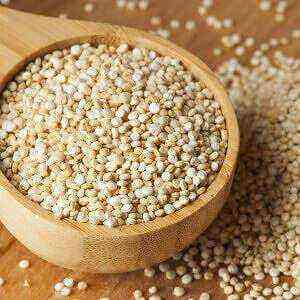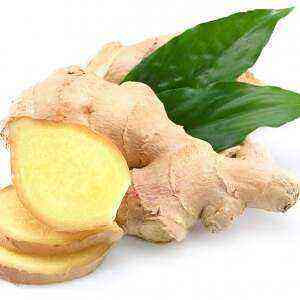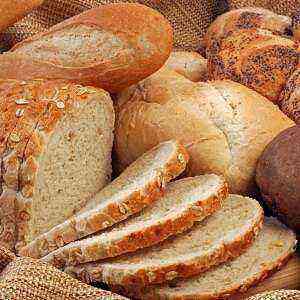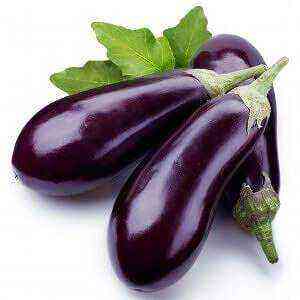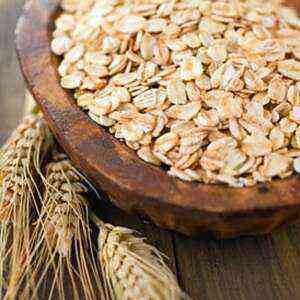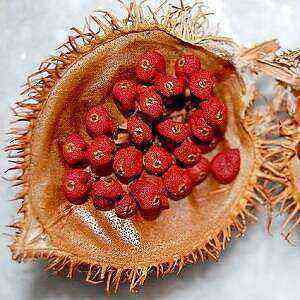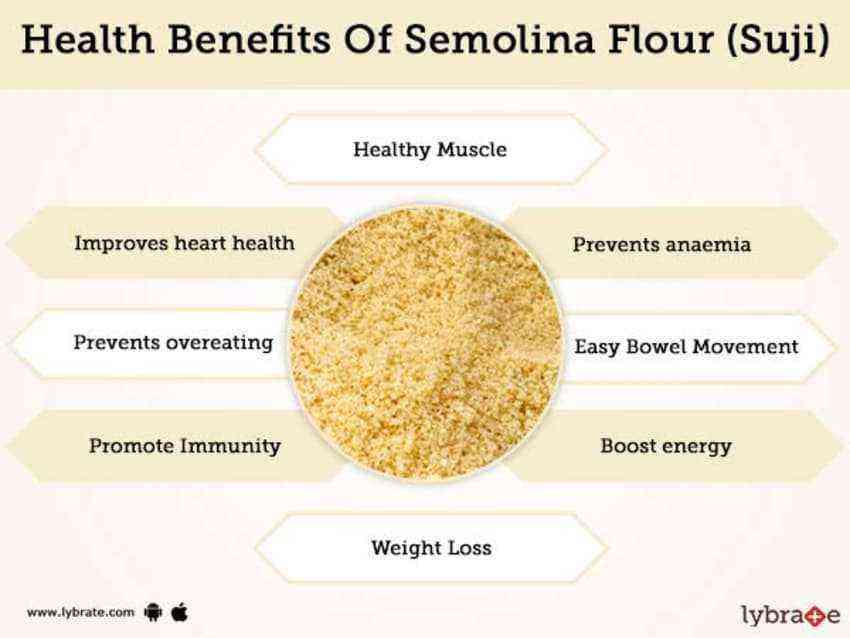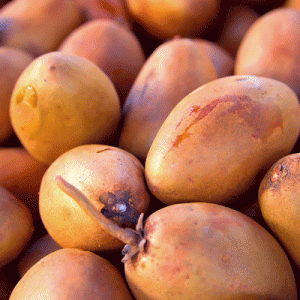 Sapodilla (oil tree, achra, chiku, lamut) is a fruit tree of the Saporovy family. The homeland of the fruit is Southern Mexico, it is cultivated in India, Indonesia, Malaysia, Pakistan, the Philippines, Sri Lanka, and Vietnam. Ripe sapodilla fruits resemble potatoes: they also have an oval shape, covered with a pale brown thin skin on top. The taste is pronounced, sweet. Fresh edible, they resemble figs and dates.
Sapodilla (oil tree, achra, chiku, lamut) is a fruit tree of the Saporovy family. The homeland of the fruit is Southern Mexico, it is cultivated in India, Indonesia, Malaysia, Pakistan, the Philippines, Sri Lanka, and Vietnam. Ripe sapodilla fruits resemble potatoes: they also have an oval shape, covered with a pale brown thin skin on top. The taste is pronounced, sweet. Fresh edible, they resemble figs and dates.
Achra is grown for latex and chewing gum. A decoction of sapodilla bark is an effective antipyretic, anti-dysentery agent. The liquid extract from the seed is used as a sedative, and the unripe fruit is used to stop diarrhea. Boiled leaves in combination with chayota are used to lower blood pressure.
Botanical description
Chiku is an evergreen, slow-growing tree, reaching 18 – 30 meters in height, with a pyramidal crown. In case of damage to the bark, it intensively releases a sticky white latex. The leaves are large, green with a smooth glossy surface. They have an elliptical configuration, 2,5 – 4 centimeters wide, 7,5 – 11,25 centimeters long. The flowers are small with three hairy brown sepals or six stamens surrounding a greenish corolla.
Fruits are oval or round in shape, weighing 100 – 170 grams, reaching 5 – 10 centimeters in length. The structure is reminiscent of persimmon. Unripe fruits are astringent, hard and sticky. Ripe – soft, juicy, covered with a thin skin with brown fibrous pulp, with a pink or yellow tint. Each fruit contains hard shiny oval inedible seeds (3 to 12 pieces), up to 2 centimeters long. They are removed before use. The aroma of the lamut is reminiscent of dried fruit.
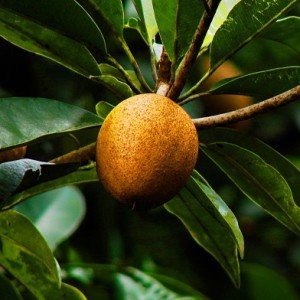 Due to its sweetness, the butterflies are often eaten as a dessert. Sapodilla is a natural substitute for cakes, pastries and buns. It is eaten raw because it retains the maximum amount of vitamins, minerals, organic acids and fiber.
Due to its sweetness, the butterflies are often eaten as a dessert. Sapodilla is a natural substitute for cakes, pastries and buns. It is eaten raw because it retains the maximum amount of vitamins, minerals, organic acids and fiber.
The benefits and harms of exotic
100 grams of lamut contains 83 calories, 3,5% monounsaturated fats, 14% dietary fiber, 24,5% ascorbic acid (of the daily value) and not a drop of cholesterol. However, due to the fragility and rapid deterioration of the fruit, it is almost impossible to acquire sapodilla outside the countries where it is cultivated. In addition, after transportation, the fruit loses its useful properties by 70%.
Sapodilla has anti-inflammatory, moisturizing, mycoseptic effects. In addition, the fruit is used as a nourishing, regenerating agent.
What is the value of an exotic fruit?
- Improves the digestive system, relieves inflammation, relieves constipation.
- Normalizes the work of the cardiovascular system (due to the content of potassium).
- Strengthens the immune system (due to the presence of ascorbic acid in the composition).
- Supports healthy hair, teeth and bone strength (calcium).
- Increases hemoglobin levels, fights anemia (iron).
- Provides the body with energy, vigor and strength (carbohydrates).
- Nourishes the brain (glucose).
- Protects the eyes from damage to the retina (retinol)
- Destroys free radicals (antioxidants).
- Remove toxins from the body (dietary fiber).
- Strengthens connective tissue (retinol, B vitamins).
- Regulates blood pressure (magnesium and potassium).
- Improves sleep, relieves insomnia.
- Evens out the complexion.
- Restores the structure of dry, damaged hair.
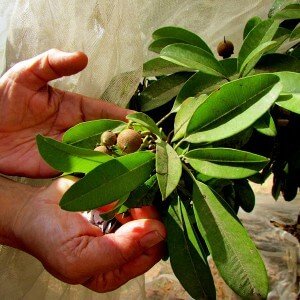 The beneficial properties of sapodilla are used in cosmetology. The fruit extract is added to the composition of care products for normal, oily skin. In addition, cosmetologists recommend regularly consuming the fruits of the oil tree for people prone to dermatitis. The vitamins and minerals they contain prevent the dermis from flaking, irritation and itching.
The beneficial properties of sapodilla are used in cosmetology. The fruit extract is added to the composition of care products for normal, oily skin. In addition, cosmetologists recommend regularly consuming the fruits of the oil tree for people prone to dermatitis. The vitamins and minerals they contain prevent the dermis from flaking, irritation and itching.
To increase the effectiveness of the treatment of dermatitis, seborrhea, sapodilla is introduced into the daily diet of patients during the period of therapy.
Contraindications:
- idiosyncrasy;
- tendency to allergies;
- diabetes;
- obesity.
Chemical composition
In terms of useful properties, sapodilla can be compared with persimmon and pomegranate. Ripe fruit – pleasant, sweet in taste, rich in tannins, vitamins, minerals, sucrose and fructose, is a good antioxidant. Lamut pulp is a natural source of tannin, which has antibacterial, antihelmintic, anti-inflammatory, antiviral effects.
Table number 1 “Nutritional value of sapodilla pulp”
Components
Content in 100 grams of product
Calories 83 calories Water 78 grams Carbohydrates 19,9 grams Dietary fiber 5,3 grams Fats 1,1 grams Omega-9 0,521 grams Ash 0,5 grams Proteins 0,44 grams Saturated fatty acids 0,194 grams Non-essential amino acids 0,17 grams Essential amino acids 0,16 grams Omega-6 0,011 grams
Table No. 2 “Chemical composition of sapodilla pulp”
Name
Nutrient content in 100 grams of product, milligrams
Vitamins
Ascorbic acid (C) 14,7 Pantothenic acid (B5) 0,252 Niacin (B3) 0.2 Pyridoxine (B6) 0,037 Riboflavin (B2) 0,02 Folic acid (B9) 0,014 Beta-carotene (A) 0,003
Macronutrients
Калий
193
Кальций
21
Фосфор
12
Магний
12
Натрий
12
Trace Elements
Iron 0,8 Zinc 0,1 Copper 0,086 Selenium 0,0006
Ripe sapodilla fruits are eaten raw or cooked. On the basis of the fruit, jams, puddings, syrups, sauces or compotes are prepared. The fruits are harmoniously combined with seafood, citrus fruits.
How to choose a lamute?
 First of all, pay attention to the density of the fruit. It should be evenly soft without cracks or dents. If the fruit is solid, then it is unripe. Do not buy green fruits, they are sticky and tasteless. Too soft achra indicates that the fruit is overripe and pathogenic bacteria have begun to develop in it (possibly!).
First of all, pay attention to the density of the fruit. It should be evenly soft without cracks or dents. If the fruit is solid, then it is unripe. Do not buy green fruits, they are sticky and tasteless. Too soft achra indicates that the fruit is overripe and pathogenic bacteria have begun to develop in it (possibly!).
Remember, sapodilla is a perishable product with a light pleasant aroma, caramel sweetness. Fruits with a damaged surface and an unpleasant odor indicate that the decay process has begun. In no case do not eat them, as they cause poisoning of the body, malfunction of the digestive tract, and allergic reactions.
How to eat?
The fruit is peeled, cut into 2 halves, pitted and eaten with a spoon as a separate fruit. If desired, it is crushed and added to salads and desserts. Sapodilla is used to prepare fillings for cakes, fruit mousses.
Conclusion
Chiku is a brownish fruit with a pronounced milky caramel flavor. Fruit ripening period – September-December. The most popular are 2 types of sapodilla: “Krasauai”, “Mah k”. The first is an oblong oval fruit with reddish-brown flesh, granular. Mah k has a brown skin, round, with a sweetish juicy pulp. Lamut is popular in Asian countries where it is eaten as a dessert with lime juice. It is a healthy and nutritious fruit that protects the human body from inflammation, aging, and cancer.
Chiku fibers prevent constipation, normalize digestion, maintain eye health, strengthen immunity, and protect against anemia. For the prevention of vitamin deficiency, all people who are not allergic to the product are recommended to include sapodilla in their daily diet (1 fruit per day). After purchase, store no more than 3 days at room temperature or 7 days in the refrigerator.
When choosing a fruit, remember that the peel of a fresh ripe fruit should be firm (moderately soft), without cosmetic defects or damage.
